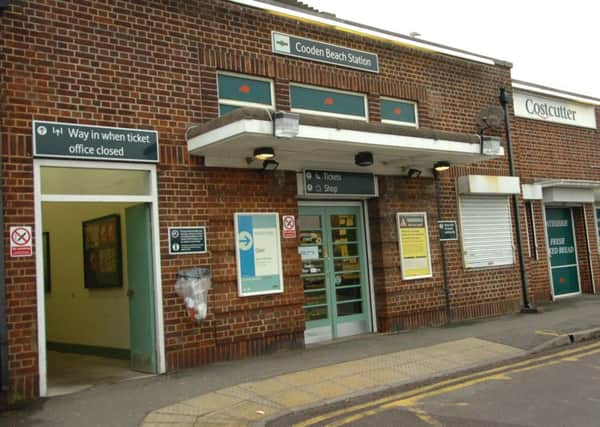Spring too hotfor railway?


Last week signal failures at Cooden Beach and Polegate caused a headache for frustrated passengers travelling on Southern services between Hastings and Brighton.
Network Rail contractors were called to the scene to fix the problem.
Advertisement
Hide AdAdvertisement
Hide AdOne contractor working on the Cooden Beach site is reported to have told a Bexhill resident that ‘heat from the sun’ was to blame for the signal failures. Network Rail confirmed that ‘heat-related speed restrictions’ had been in place on the line on the day of the failure.
The company, which is responsible for the rail infrastructure, said it was still investigating what caused the failures, but added that the heat could not be ruled out.
A Network Rail spokeswoman said: “We are very sorry for the delays to passengers between Hastings and Brighton on Wednesday (April 15). We had a series of signal problems on the line between Bexhill and Eastbound, caused by failures of the equipment that detects the passage of trains.
“These are called axle counters and as the name suggests, they count the number of axles into a section of line and then out.
Advertisement
Hide AdAdvertisement
Hide Ad“When they fail to reset, as they did on Wednesday, signals stay red and we have to run a very limited service as a result. This was new equipment that has worked very well since it was installed on February 14, and we are looking closely at why it failed.”
When pressed by the Observer, the spokeswoman added: “We can’t rule out heat being a factor at present.”
She added the ‘heat-related speed restrictions’ had been in place on the line on Wednesday, the day of the signal failure at Cooden Beach.
Network Rail says these restrictions were responsible for just 0.02 per cent of delays experienced on the rail network that day.
Advertisement
Hide AdAdvertisement
Hide AdThe new state-of-the-art signalling system was installed in mid-February after a delay of almost two years.
The three-aspect colour light system replaced the ageing manual block signalling system which was in operation on the line between Lewes and Hastings.
The new system is operated from Network Rail’s £21 million Rail Operating Centre at Three Bridges in Mid-Sussex.
It aims to reduce headway times between trains to around three minutes, making for more efficient running of the service and reducing potential delays.
When it went live two months ago, Network Rail said the upgrade would provide “a better, more reliable service for passengers.”